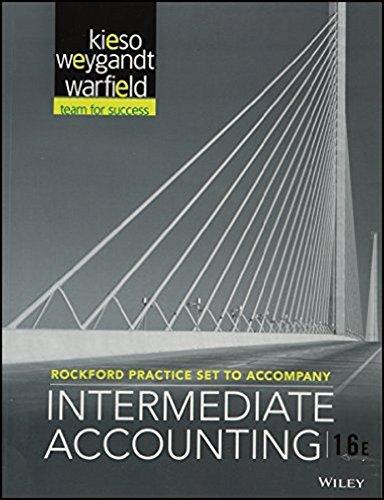Question
** I have tried adding the screenshots of the textbook problem again. If they do not upload correctly is there another way to do it?
** I have tried adding the screenshots of the textbook problem again. If they do not upload correctly is there another way to do it? This question has been asked and answered before.
Chapter 11 Case: GM Running on Empty? (1-6)
1.Reviewing GM's financial information in GM Exhibit 1 and its stock price in GM Exhibit 2, when do you first see signs of GM's impending financial distress?
2.In referencing professional standards, what factors should auditors consider in evaluating potential going-concern uncertainties?
3.Considering your response to questions 1 and 2, do you believe that the going-concern uncertainty was warranted? Do you believe that Deloitte & Touche should have issued a going-concern opinion prior to 2008?
4.What economic factors existing in the United States during 2008 might have accelerated Deloitte & Touche's decision to issue an audit opinion modified to disclose going-concern uncertainties?
5.Do you believe that the evens immediately following GM's bankruptcy alleviated the concerns that led to the issuance of the going-concern uncertainty? What issues would auditors need to consider in evaluation the ability of General Motors Co. (the new GM) to continue as a going concern?
6.Many companies believe that a going-concern opinion is a self-fulfilling prophecy (i.e., when a company receives a going-concern opinion, customers will not purchase products with warranties, suppliers will not provide short-term credit and investors and creditors will not invest or loan). Would GM's going-concern opinion influence your decisions regarding either purchasing a car form GM or investing in GM's stock? Is a going- concern a self-fulfilling prophecy?

Step by Step Solution
There are 3 Steps involved in it
Step: 1

Get Instant Access to Expert-Tailored Solutions
See step-by-step solutions with expert insights and AI powered tools for academic success
Step: 2

Step: 3

Ace Your Homework with AI
Get the answers you need in no time with our AI-driven, step-by-step assistance
Get Started


